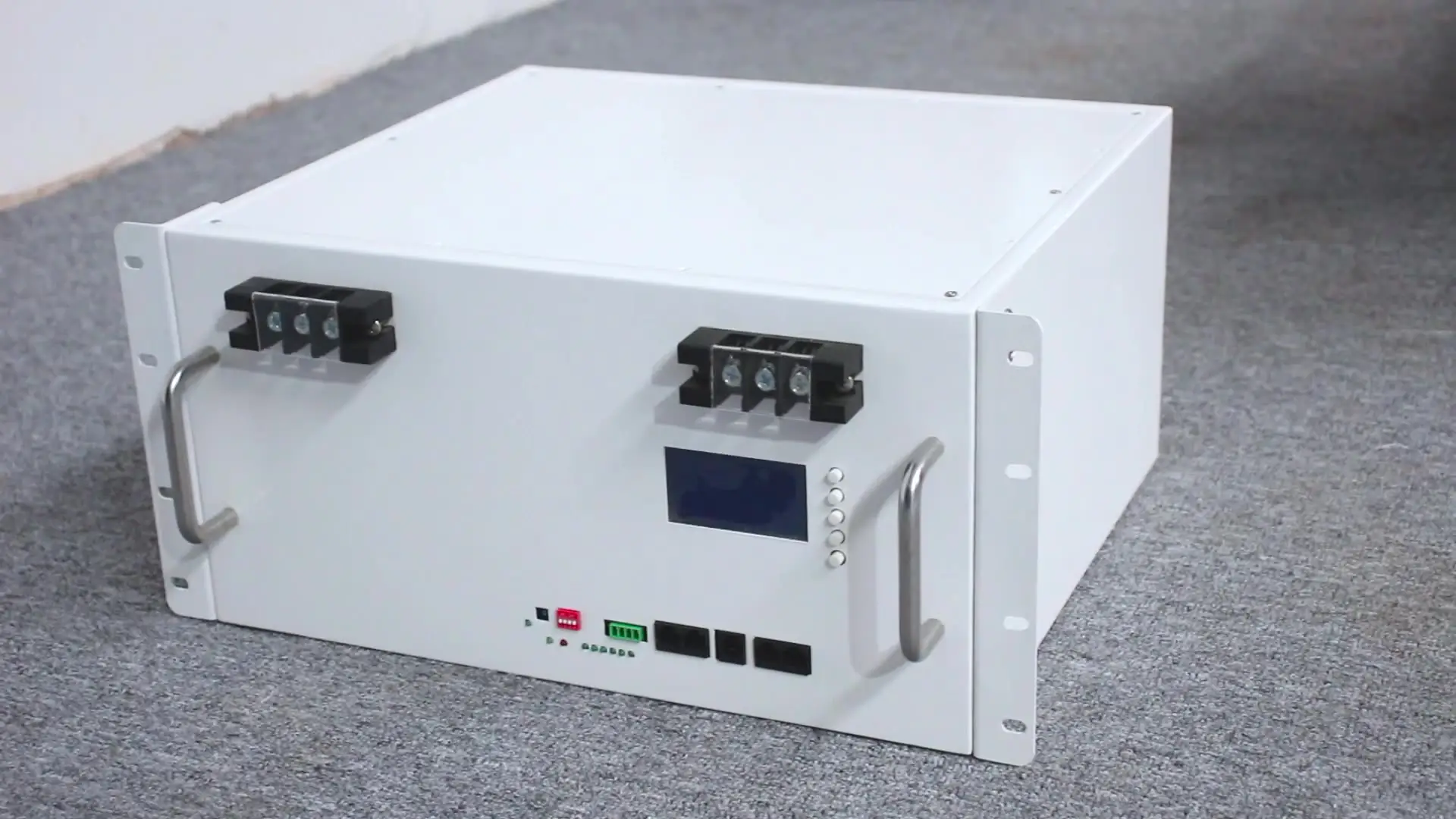In this article, we will provide you with a comprehensive guide on LiFePO4 battery charging. LiFePO4 batteries are becoming increasingly popular due to their high energy density, low self-discharge rate, and long cycle life. However, charging LiFePO4 batteries can be a little tricky. In this guide, we will explain how to charge LiFePO4 batteries safely and effectively.
Understanding LiFePO4 Batteries
LiFePO4 batteries are a type of rechargeable battery that uses lithium iron phosphate as the cathode material. They are also known as LFP batteries. Compared to other types of lithium-ion batteries, LiFePO4 batteries have a higher energy density and a longer cycle life. They are also less prone to thermal runaway and do not contain cobalt, which makes them a safer and more environmentally friendly option.
Charging LiFePO4 Batteries
Before you start charging your LiFePO4 battery, you need to make sure that the battery is compatible with your charger. LiFePO4 batteries require a specific charging profile that is different from other types of lithium-ion batteries. Charging a LiFePO4 battery with the wrong charger can result in damage to the battery or even a fire.
LiFePO4 batteries have a nominal voltage of 3.2 volts per cell. A fully charged LiFePO4 battery should have a voltage of around 3.6 to 3.8 volts per cell. When charging LiFePO4 batteries, it is important to use a charger that is specifically designed for LiFePO4 batteries. These chargers have a different charging profile than chargers for other types of batteries.
Choosing the Right Charger
When choosing a charger for your LiFePO4 battery, you need to make sure that the charger is compatible with the battery’s voltage and capacity. LiFePO4 batteries come in different sizes and capacities, so you need to choose a charger that is suitable for your battery. It is also important to choose a charger that has a safety mechanism to prevent overcharging and overheating.
Charging Process
Before you start charging your LiFePO4 battery, you need to make sure that the battery is not damaged or swollen. Charging a damaged battery can be dangerous and can result in a fire. You should also make sure that the battery is clean and dry before you start charging it.
To charge your LiFePO4 battery, connect the charger to the battery and plug it into an electrical outlet. The charger will start charging the battery automatically. You should monitor the charging process and make sure that the battery does not overheat or overcharge. Most LiFePO4 batteries have a built-in protection circuit that will automatically shut off the charging process when the battery is fully charged.
Conclusion
In conclusion, LiFePO4 batteries are an excellent choice for applications that require high energy density, long cycle life, and safety. However, charging LiFePO4 batteries requires a specific charging profile that is different from other types of lithium-ion batteries. To charge your LiFePO4 battery safely and effectively, you need to choose the right charger, monitor the charging process, and make sure that the battery is not damaged or swollen. With the information provided in this guide, you should be able to charge your LiFePO4 battery safely and get the most out of it.
